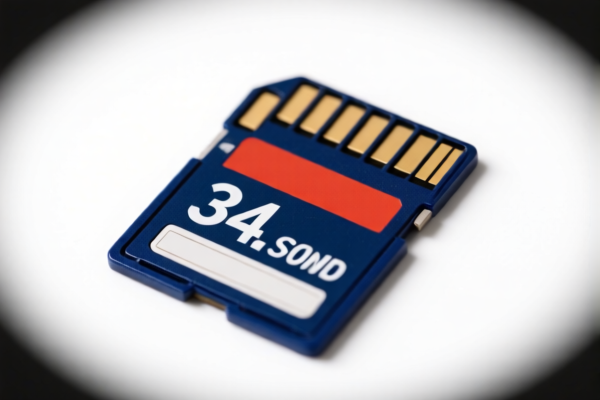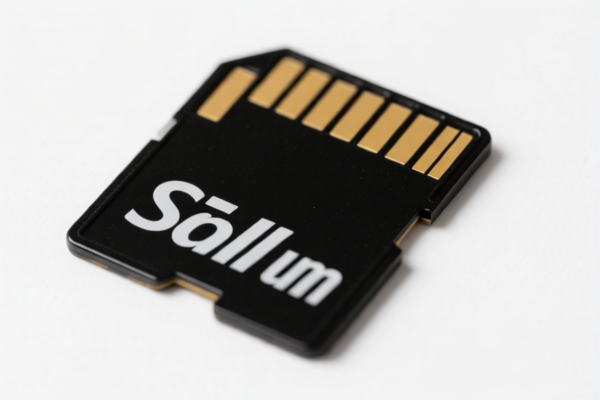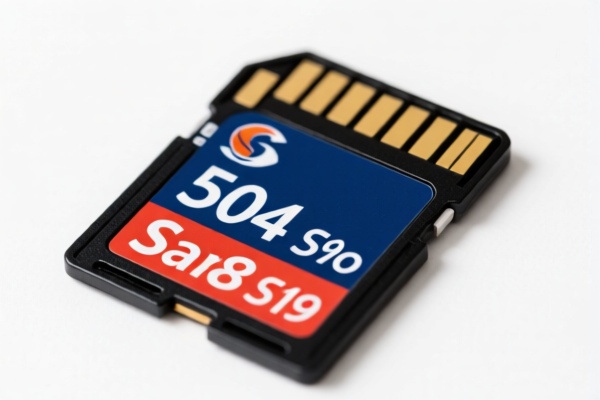| HS Code | Official Doc | Tariff Rate | Origin | Destination | Effective Date |
|---|---|---|---|---|---|
| 8543709100 | Doc | 55.0% | CN | US | 2025-05-12 |
| 8543906800 | Doc | 55.0% | CN | US | 2025-05-12 |
| 8518104000 | Doc | 55.0% | CN | US | 2025-05-12 |
| 8518500000 | Doc | 55.0% | CN | US | 2025-05-12 |
| 8537109170 | Doc | 57.7% | CN | US | 2025-05-12 |
| 8537109150 | Doc | 57.7% | CN | US | 2025-05-12 |
| 8535904000 | Doc | 57.7% | CN | US | 2025-05-12 |
| 8535908060 | Doc | 57.7% | CN | US | 2025-05-12 |
| 8538901000 | Doc | 55.0% | CN | US | 2025-05-12 |
| 8538903000 | Doc | 58.5% | CN | US | 2025-05-12 |




Sound Card
A sound card (also known as an audio card) is an internal computer hardware component that converts analog audio signals into digital formats and vice versa, enabling the computer to process and output sound.
Material Composition:
- Printed Circuit Board (PCB): The foundation, housing all components.
- Digital Signal Processor (DSP): Handles audio processing tasks like equalization, reverb, and surround sound effects.
- Analog-to-Digital Converter (ADC): Converts sound input (e.g., from a microphone) into a digital format the computer can understand.
- Digital-to-Analog Converter (DAC): Converts digital audio from the computer into analog signals for speakers or headphones.
- Audio Codec: Encodes and decodes audio formats (MP3, WAV, FLAC, etc.).
- Connectors: Various ports for input and output devices (see Usage Scenarios).
- Capacitors, Resistors, and other Electronic Components: Support signal processing and power regulation.
Purpose:
The primary purpose of a sound card is to provide high-quality audio input and output capabilities to a computer. Without a sound card (or integrated audio), a computer would be unable to play or record sound.
Function:
- Audio Input: Captures audio from sources like microphones, instruments, or line-in devices.
- Audio Output: Sends audio signals to speakers, headphones, or external audio devices.
- Digital Signal Processing (DSP): Enhances audio quality through effects, equalization, and mixing.
- Format Conversion: Converts between analog and digital audio formats.
- Surround Sound Processing: Creates immersive audio experiences (e.g., 5.1 or 7.1 surround).
- MIDI Support: Some cards support Musical Instrument Digital Interface (MIDI) for connecting musical instruments.
Usage Scenarios:
- General Audio Playback: Listening to music, watching videos, playing games.
- Recording Audio: Capturing vocals, instruments, podcasts, or other sound sources.
- Gaming: Providing immersive sound effects and communication capabilities.
- Music Production: Recording, editing, and mixing audio tracks.
- Professional Audio Applications: Broadcasting, live sound reinforcement, and studio recording.
- Connectors Commonly Used:
- 3.5mm jacks: Microphone, headphones, line-in, line-out.
- RCA connectors: Used for connecting to stereo systems.
- Optical S/PDIF: Digital audio output for connecting to receivers or external DACs.
- USB: External sound cards often connect via USB.
- HDMI: Some sound cards output audio via HDMI.
- XLR: Professional microphones (often requiring phantom power).
Common Types:
- Integrated Sound Cards: Built into the motherboard. Generally offer basic functionality.
- Internal Sound Cards: Installed in a PCI-e or PCI slot. Provide higher performance and features than integrated cards.
- External Sound Cards (USB Sound Cards): Connect to the computer via USB. Offer portability and can bypass internal noise.
- Professional Audio Interfaces: High-end cards designed for recording studios and professional audio applications. Often feature multiple inputs and outputs, high-quality preamps, and advanced features.
- Surround Sound Cards: Optimized for creating immersive surround sound experiences.
- Gaming Sound Cards: Feature specialized software and hardware for enhancing gaming audio.
Based on the material, use, function, and application scenarios, a sound card is generally understood as an electrical machine or apparatus with individual functions, potentially capable of connecting to a wired or wireless network for sound mixing, or as a part of a larger electrical system.
Here are the relevant HS codes found within the provided reference material:
-
8543709100: Electrical machines and apparatus, having individual functions, not specified or included elsewhere in this chapter; parts thereof: Other machines and apparatus: Other: Digital signal processing apparatus capable of connecting to a wired or wireless network for the mixing of sound.
- 85: Electrical machinery and equipment.
- 43: Electrical machines and apparatus, having individual functions, not specified or included elsewhere in this chapter.
- 70: Other machines and apparatus.
- 91: Other: Digital signal processing apparatus capable of connecting to a wired or wireless network for the mixing of sound. This code specifically covers sound mixing capabilities with network connectivity.
-
8518500000: Electric sound amplifier sets.
- 85: Electrical machinery and equipment.
- 18: Sound or video recording, reproducing, or broadcasting equipment.
- 50: Electric sound amplifier sets. This code applies if the sound card functions as a complete amplification system.
-
8537109170: Boards, panels, consoles, desks, cabinets and other bases, equipped with two or more apparatus of heading 8535 or 8536, for electric control or the distribution of electricity, including those incorporating instruments or apparatus of chapter 90, and numerical control apparatus, other than switching apparatus of heading 8517: For a voltage not exceeding
1,000 V : Other: Other Other: Other.- 85: Electrical machinery and equipment.
- 37: Boards, panels, consoles, desks, cabinets and other bases, equipped with two or more apparatus.
- 10: For a voltage not exceeding
1,000 V . - 91: Other: Other Other: Other. This code may apply if the sound card is integrated into a larger control panel or system.
-
8538901000: Parts suitable for use solely or principally with the apparatus of heading 8535, 8536 or 8537: Other: Printed circuit assemblies: Of an article of heading 8537 for one of the articles described in additional U.S. note 11 to chapter 85.
- 85: Electrical machinery and equipment.
- 38: Parts suitable for use solely or principally with the apparatus of heading 8535, 8536 or 8537.
- 90: Other: Printed circuit assemblies.
- 10: Of an article of heading 8537 for one of the articles described in additional U.S. note 11 to chapter 85. This code applies to printed circuit assemblies specifically designed for use with equipment under heading 8537.
Regarding HS code 8537109170, please note that it applies to boards and panels equipped with multiple apparatus, and the voltage should not exceed 1,000 V.
Customer Reviews
No reviews yet.